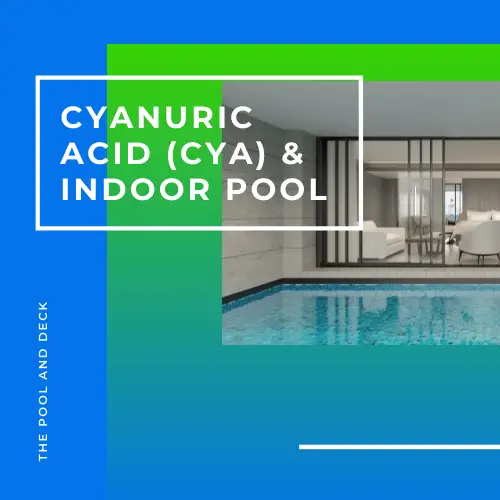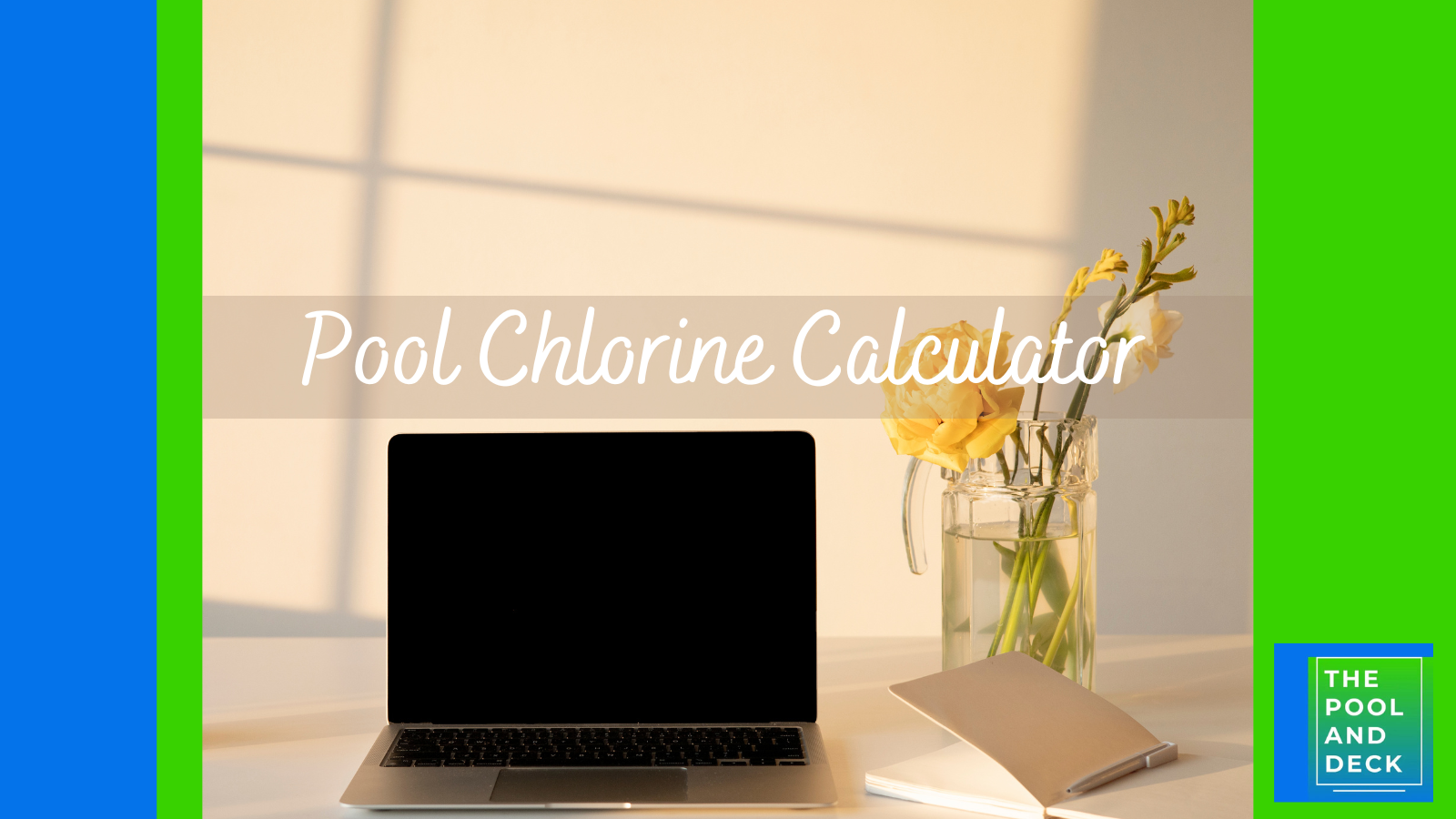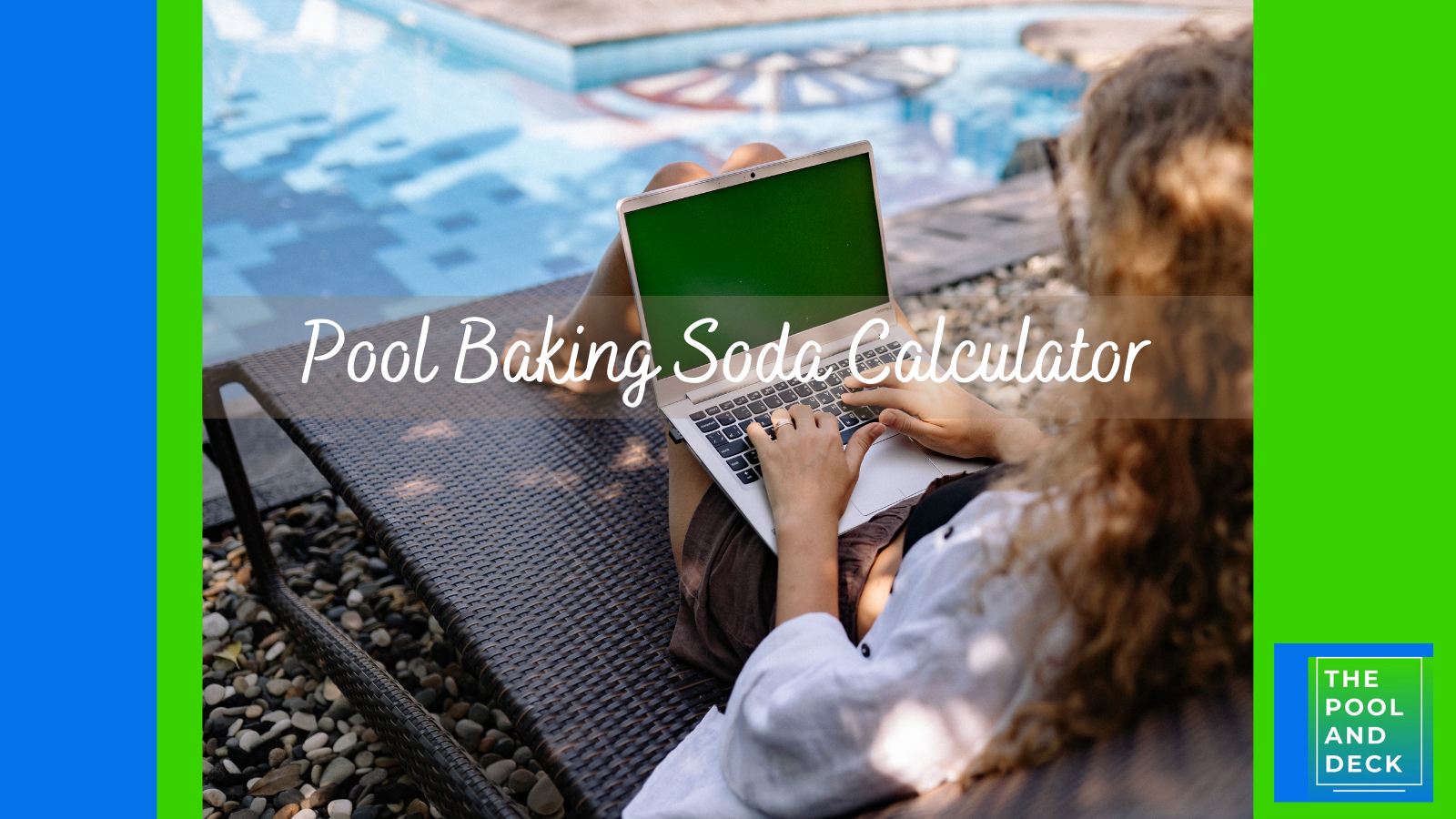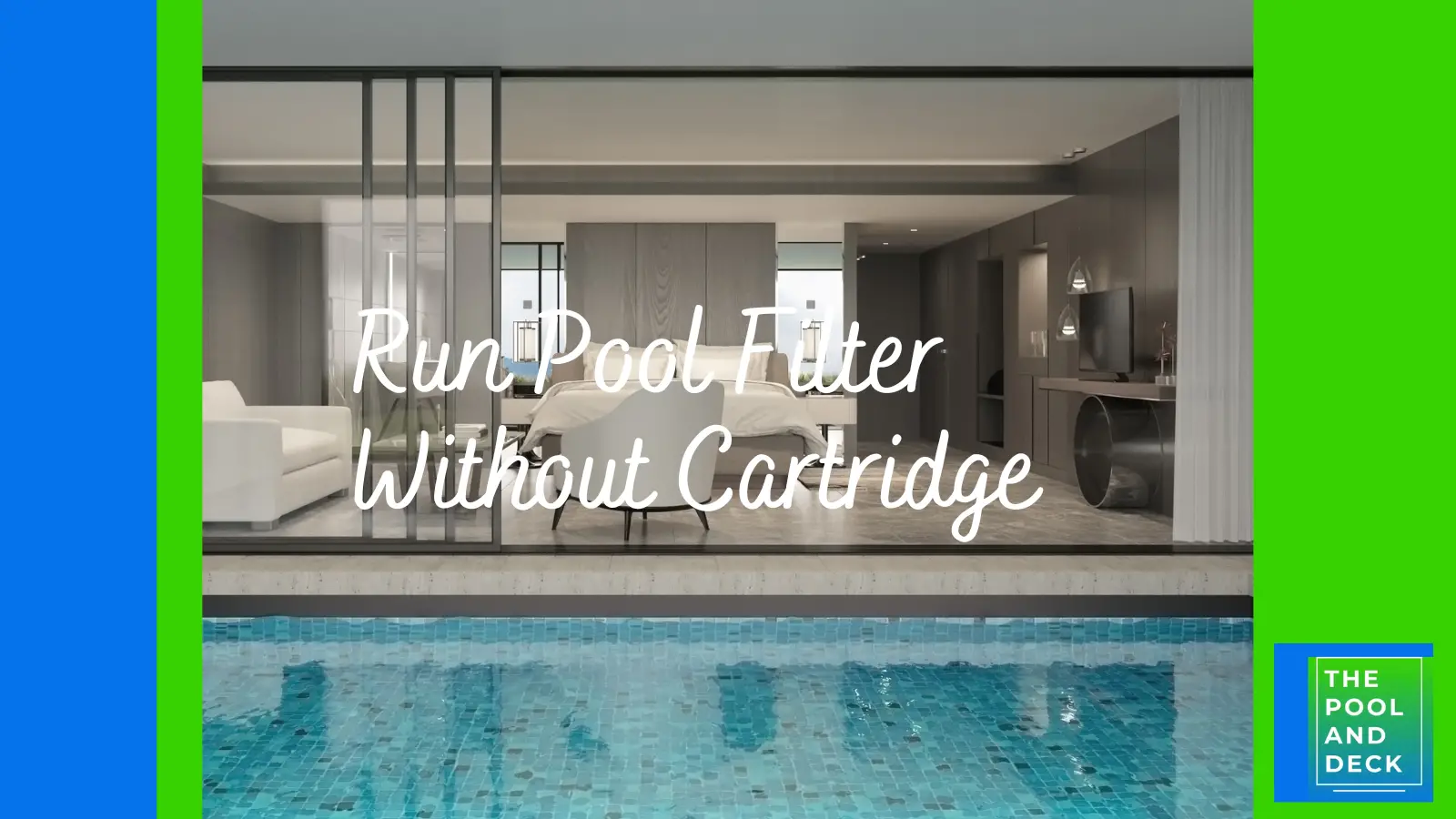Above Ground Pool Sand Filter: Perfect Choice or Not?
Table of Contents
Is an Above Ground Pool Sand Filter a Good Choice?
An above ground pool sand filter is your best bet at keeping your above ground pool germ-free with crystal clear and inviting blue water. Make sure that you and your family have fun this summer by making the right choice!
An above ground pool sand filter has 3 unbeatable benefits. It is
- Inexpensive: Sand filters are relatively inexpensive to purchase and install.
- Easy to Maintain: Sand filters are easy to maintain. Parts can be replaced when required.
- Very Effective: Sand filters are very effective at removing dirt, debris, and other contaminants from the pool water.
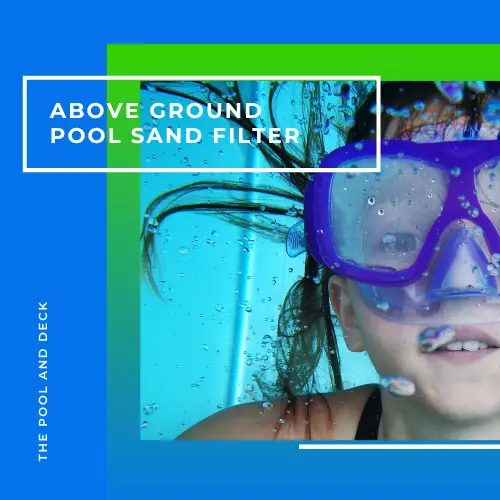
Here is what you need to know about an above ground pool sand filter.
What is an Above Ground Pool Sand Filter?
An above ground pool sand filter uses sand as the filtering media. Sand filters are a popular choice for above ground pools because they are relatively inexpensive, easy to maintain, and effective at removing dirt, debris, and other contaminants from the pool water.
The main components of an above ground pool sand filter are:
Filter Tank
The filter tank is the main body of the filter. It is made of durable materials, such as high grade plastic, fiberglass or corrosion resistant metal. The filter tank is designed to hold the sand and internal filter components, such as the standpipe & laterals.
Filter Medium
As the name suggests, the filter medium is a sand bed. The sand is a special grade with a particle profile that is effective in filtering out solid contaminants.
Alternatives to standard filter sand can also be used. This is explained in some detail in a subsequent section.
Standpipe & Laterals
The standpipe is a vertical tube that extends from the bottom of the filter tank to the top, right in the center. The bottom is connected to laterals and the top to the multiport valve (MPV).
The laterals are a set of around 8 – 12 pipes (with slits or perforations) that jut out horizontally and radially from the bottom of the standpipe.
The entire assembly of standpipe and laterals lets water enter and exit the filter through the sand filter medium, while keeping the sand in place.
Multiport Valve
A multiport valve (MPV) is used to control the direction of the flow of water through the filter. It has a number of different settings, which let you perform several functions such as backwash the filter, rinse the sand, and drain the water from the tank.
Filter Pump
The filter pump is a separate unit from the sand filter but an integral part of the above ground pool filtration system. The pump moves the pool water through the filter at some pressure.
The suction and pressure created by the pool pump is what keeps the pool water circulating through the pool filtration system. Think of it as the “heart” and the sand filter as the “kidney” of the pool filtration system.
As an Amazon Associate, I earn from qualifying purchases.
How To Choose a Sand Filter for an Above Ground Pool?
To pick the perfect sand filter for your above ground pool there are a few factors to consider:
Match Pool Size with Filter Flow Rate
The size of your pool will determine the size of the sand filter you need.
The diameter of the pool sand filter tank is an indication of the size. However, in fact, the design flow rate (in Gallons Per Minute) of the filter is the true measure of the sand filter size.
The turnover rate is the number of times the entire pool water passes through the sand filter within a day. The turnover is a function of the sand filter flow rate and the number of hours the filter is run during the day.
While for larger inground pools a turnover rate of between 2 to 3 is recommended, for smaller above ground pools a turnover rate of over 1 is considered adequate. Below is the recommendation by INTEX, a reputed brand of above ground pools.
| Pool Volume (Gal) | Sand Filter Model SF80220-2 | Sand Filter Model SF70220-2 | Sand Filter Model SF60220-2 |
| Flow Rate (1600 GPH) | Flow Rate (2150 GPH) | Flow Rate (2450 GPH) | |
| Recommended Sand Media (35 lbs) | Recommended Sand Media (35 lbs) | Recommended Sand Media (35 lbs) | |
| Filter Run Time (Hours / Day) | Filter Run Time (Hours / Day) | Filter Run Time (Hours / Day) | |
| 3000 | 2 | NA | NA |
| 4000 | 3 | 2 | 2 |
| 5000 | 4 | 3 | 3 |
| 6000 | 4 | 3 | 3 |
| 7000 | 5 | 4 | 3 |
| 8000 | 5 | 4 | 4 |
| 9000 | 6 | 5 | 4 |
| 10000 | 7 | 5 | 5 |
Check out INTEX Ultra XTR Pool Set with Sand Filter Pump. They come in rectangular and round shapes in different sizes to suit your specific needs. The Steel Frame Above Ground Pool Set is engineered for strength and is quick to set up.
Use the Right Sand
Well a sand filter must use sand, or should it? The sand filter is designed to use sand as the filter medium. However, it can not be just any sand. You need to have the right sand.
It is also possible to use “sand alternatives” that are not sand but work like, actually even better than sand. Overall there are 3 options available to you, the first being the most popular and the most economical.
Silica Sand
Silica sand is the most common type of sand used in sand filters. Silica sand is relatively inexpensive, non-toxic and safe to use.
However, the silica sand for pool filters must be No. 20 Silica Sand. You can’t go wrong with FairmountSantrol AquaQuartz-50 Pool Filter 20-Grade Silica Sand.
Zeolite
ZeoSand, a Zeolite Pool Filter Media is a good alternative to silica sand. On a weight basis it appears to be more expensive, but in fact it saves you money as it is more effective.
Filter Glass
An even better alternative is glass pool filter sand. It is manufactured from recycled glass and is possibly the best pool sand filter media. In fact, it comes pretty close to increasing the effectiveness of your sand filter to the level of a DE (Diatomaceous Earth) filter.
Recommended Sand Media
Thank you very much for reading the post. I do hope you found it informative and helpful.



